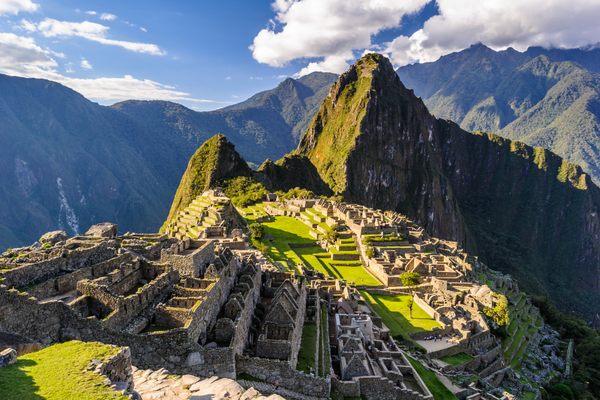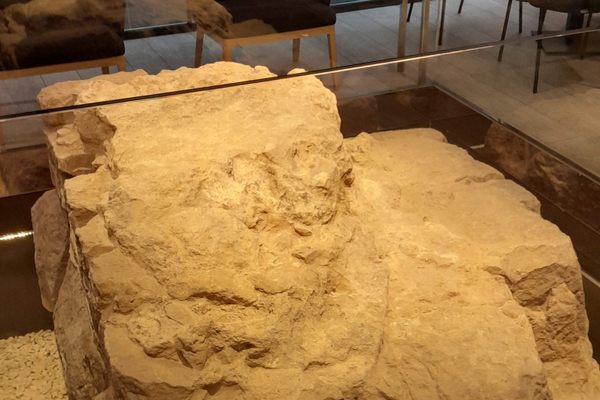The puquios are an old and extensive system of subterranean aqueducts, surface channels, reservoirs, and spiraling holes that allowed the Nazca civilization to distribute water in one of the most arid places in the world.
In the deserts and valleys of Nazca, droughts can last for years, but the Nazca civilization was able to survive and flourish in this region. This was due in large part to their impressive use of hydraulic engineering, an achievement arguably greater than the creation of the Nazca Lines.
The hydraulic system of the Nazca, known as the puquios, is a combination of underground tunnels, small reservoirs, and strange spiraling holes that lead from the surface to the water below. It was used to carry water to both agricultural lands and to populated areas to supply drinking water.
The Nazca built the puquios to connect to subsurface water, with the source often many miles away from where it was needed. The water was then channeled both underground and along the surface, with some parts of the system having multiple branches.
The open trenches tend to be shorter than the underground channels, and some have a gentle S-shaped curvature along their course to slow the flow of water. The subterranean aqueducts were dug out and then covered, and in some cases extended by tunneling. The sides of both the underground and surface channels were typically lined with river cobbles.
Along the course of many of the underground channels are strange spiraling well-like constructions known as ojos (eyes). At the surface, these ojos are sometimes 50 feet wide, their sides corkscrewing inwards as they descend to the channels below, where the bottom of the well is about three to six feet wide.
When the puquios were first studied, it was generally assumed that the spirals functioned as wells, while providing access to the underground channels for maintenance and cleaning. But in 2006, a new study by Rosa Lasaponara and her team from the Institute of Methodologies for Environmental Analysis in Italy gave a whole new perspective on both the ojos and the wider system of puquios.
Lasaponara and her team studied the system using satellite imaging. This gave a better understanding of how the puquios were distributed across the Nazca region, and showed where they ran in relation to nearby settlements. This, in turn, cleared up some issues regarding the actual age of the system, which some previously claimed had been built by the Spanish.
As the puquios had been built from local materials, carbon dating techniques were limited, and the Nazca had no written record to prove that they had built the system, but by connecting images of the extensive puquios to various settlements, Lasaponara provided strong evidence that the Nazca did indeed build the puquios some 1,500 years ago, and that the system must have been much more developed then than it appears today.
As for the ojos, it also became more apparent that they had a function beyond that of a typical well or access point. Looking at the distribution of the ojos, Lasaponara explained how the spiral-shaped holes helped to funnel wind into the underground canals. The wind helped to push the water through the system, the ojos serving like ancient pumps.
Know Before You Go
Today, there are 36 puquios still functioning in three valleys in the Nazca area. The most famous system is known as the Acueductos de Cantalloc (Cantalloc Aqueducts), located a few miles outside the city of Nazca, where you can see surface channels, underground aqueducts and ojos.
You can get there by taxi for around S/ 5 ($1.50 US) or take a tour for between S/ 30 and S/ 40 ($9 to $12), which will likely include stops at a museum or two and maybe a ceramic workshop. The Cantalloc Aqueducts are open from 9 a.m. to 6 p.m. daily. Entrance is S/ 7.50 ($2.25), although the aqueducts might now be included on the Boleto Turístico de Nasca (Nazca Tourist Ticket), so check when you arrive.
Community Contributors
Added by
Edited by
Plan Your Trip
The Atlas Obscura Podcast is Back!

























Follow us on Twitter to get the latest on the world's hidden wonders.
Like us on Facebook to get the latest on the world's hidden wonders.
Follow us on Twitter Like us on Facebook